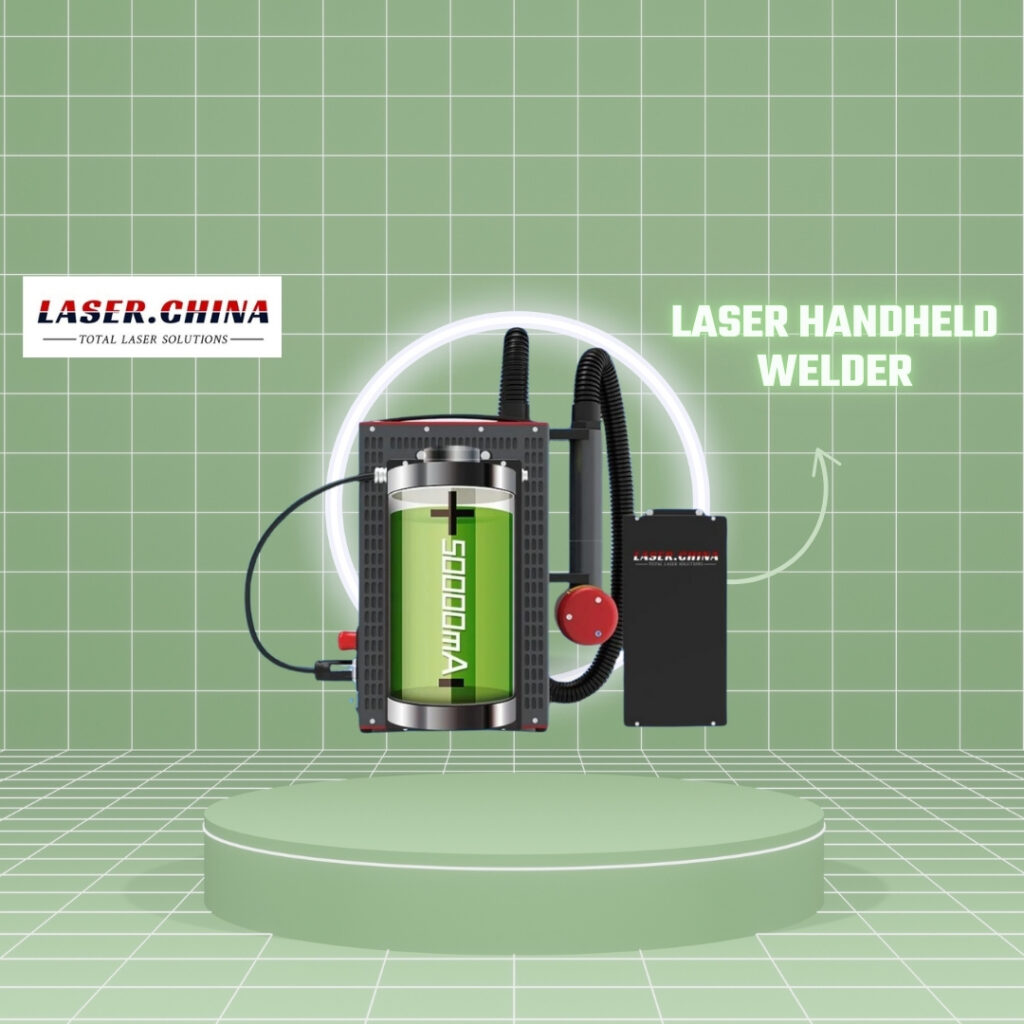Handheld laser welders are increasingly popular in industries requiring precision, ease of use, and mobility. They provide a powerful and convenient solution for welding tasks, particularly in small to medium-sized projects or repair work. However, the price of these machines varies widely depending on several key factors, such as power, technology, brand reputation, and additional features. Understanding these factors can help buyers make informed decisions that align with their budget and operational needs.
1. Power Output and Type of Laser:
One of the most significant factors affecting the price of a handheld laser welder is its power output, which typically ranges from 500W to 2000W. Higher power output enables the machine to handle thicker materials and more demanding tasks. Generally, a 500W welder might be priced lower than a 1500W or 2000W model, but it may not offer the same versatility or efficiency for intensive applications. Higher power options can also offer faster processing speeds, making them suitable for high-volume production environments.
Additionally, the type of laser technology influences the cost. Fiber laser technology, for instance, is highly efficient and durable, making it a popular choice for handheld welders. Fiber lasers are generally more expensive than other laser types, like CO2 lasers, due to their longer lifespan, energy efficiency, and compatibility with reflective metals. The upfront investment in a fiber laser welder often pays off in terms of durability and lower maintenance costs, making it a cost-effective choice in the long run.
2. Brand and Manufacturer Reputation:
The brand and reputation of the manufacturer can also impact the price of handheld laser welders. Established brands with a track record for producing high-quality, reliable equipment typically charge a premium. For instance, well-known manufacturers in laser welding technology, such as IPG, Raycus, or Trumpf, may offer higher-priced products due to their advanced research, development, and customer support capabilities.
While opting for a reputable brand may mean a higher initial cost, buyers benefit from assured quality, after-sales support, and warranty coverage. On the other hand, newer or lesser-known brands may offer lower prices, but buyers should carefully evaluate their track record, customer reviews, and warranty terms to avoid potential risks associated with poor quality or limited support.
3. Portability and Ergonomic Design:
Handheld laser welders are designed for portability and ease of use, making them ideal for on-site welding or applications in confined spaces. Machines that offer lightweight designs, ergonomic handles, and flexible control settings often come at a premium. These design enhancements contribute to a more comfortable user experience, which is particularly valuable for operators who may need to handle the welder for extended periods.
Some models also come with additional features like adjustable focal lengths, cooling systems, or safety sensors to enhance performance and user safety. While these features increase the cost, they add value by improving usability and reducing the likelihood of operator fatigue or errors. For businesses that prioritize user comfort and operational efficiency, investing in a higher-priced model with ergonomic features can be a worthwhile choice.
4. Additional Features and Accessories:
Handheld laser welders often come with a range of optional features that can influence the price. These include accessories like protective eyewear, foot pedals, and welding wire feeders. Some models are also equipped with real-time monitoring systems to ensure precise alignment and consistent weld quality, which may appeal to industries with stringent quality standards, such as aerospace or medical device manufacturing.
Enhanced cooling systems are another valuable feature, as they prevent the machine from overheating during prolonged use, which can be especially useful in high-temperature environments. Laser welders equipped with advanced cooling solutions are generally more expensive but offer improved performance and longevity.
5. Maintenance and Operating Costs:
While the initial purchase price is important, buyers should also consider the long-term maintenance and operating costs. Fiber lasers, for instance, have lower maintenance requirements and longer lifespans compared to CO2 lasers, which translates into lower long-term costs. Some models also feature modular designs, allowing for easier and more cost-effective component replacement when needed.
Operating costs, including energy consumption, should also be factored into the total cost of ownership. Fiber lasers are known for their high energy efficiency, which helps reduce power consumption and operating expenses over time. For buyers concerned with operational costs, investing in an energy-efficient handheld laser welder can provide savings in the long term.
Price Range Overview:
Generally, the price of a handheld laser welder varies between $8,000 and $30,000, depending on the specifications and features. Entry-level models with basic functionality and lower power output may cost around $8,000 to $12,000, suitable for small-scale or occasional projects. Mid-range models with higher power and advanced features typically fall in the $15,000 to $25,000 range, while premium models from established brands with all the latest features can go up to $30,000 or more.
Conclusion:
The price of a handheld laser welder is determined by factors such as power, laser type, brand reputation, ergonomic design, and additional features. For buyers, it’s crucial to assess their specific needs and application requirements to find a model that balances price and functionality. By understanding these factors, businesses can invest in a handheld laser welder that not only fits their budget but also enhances productivity, reduces maintenance costs, and delivers high-quality welding results.



